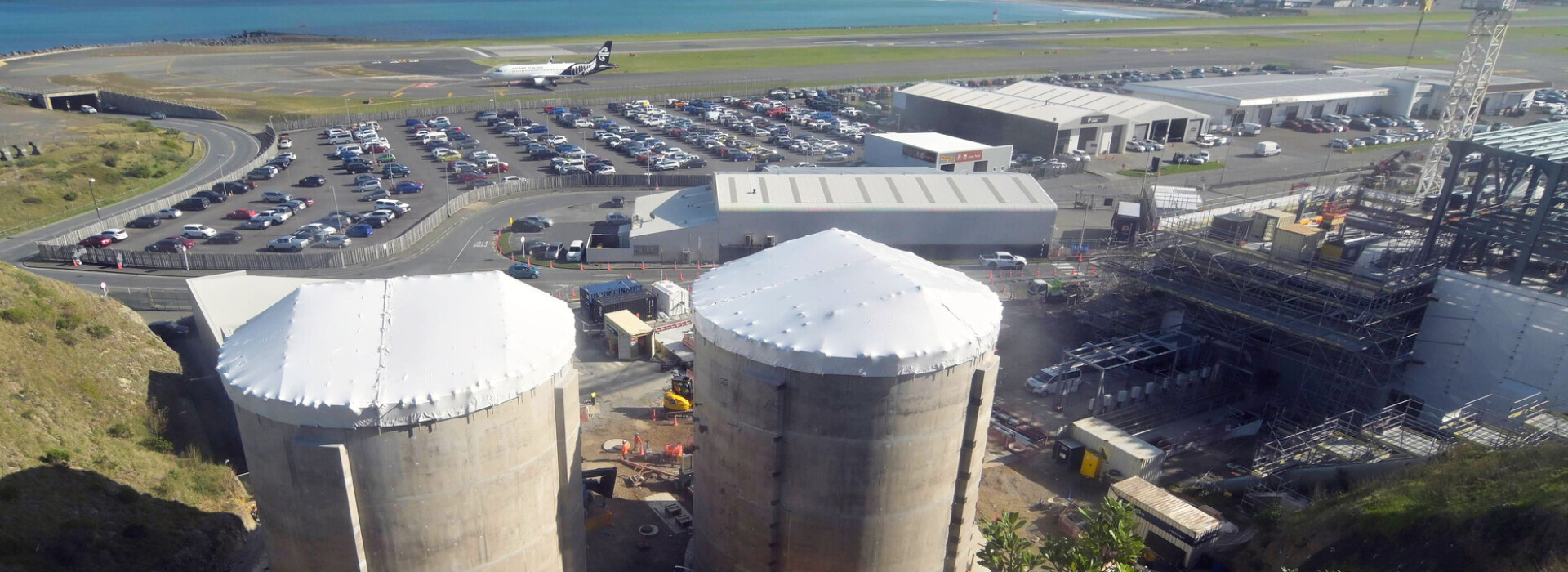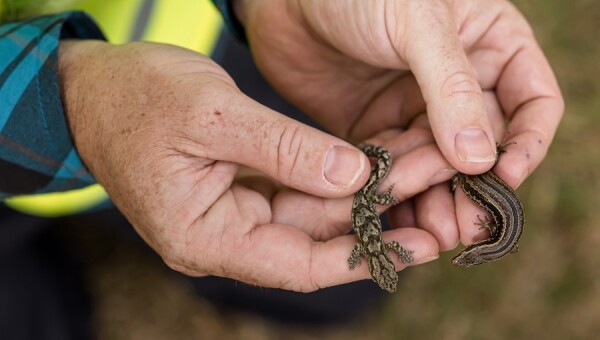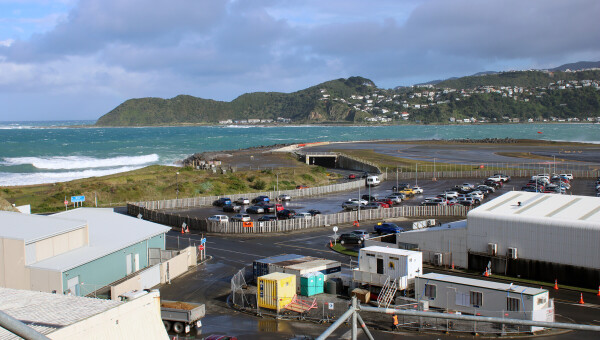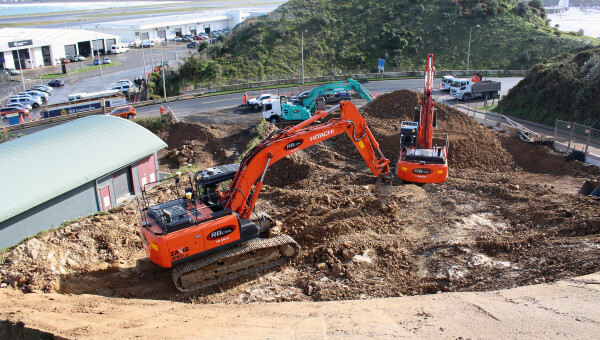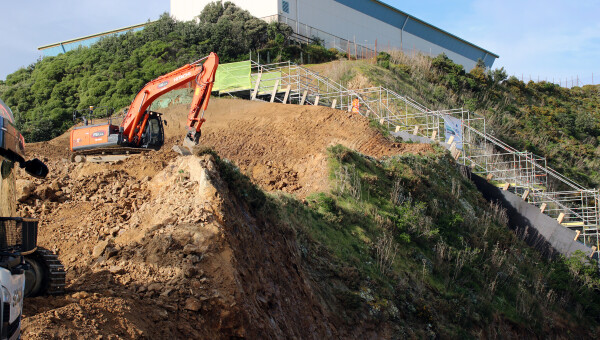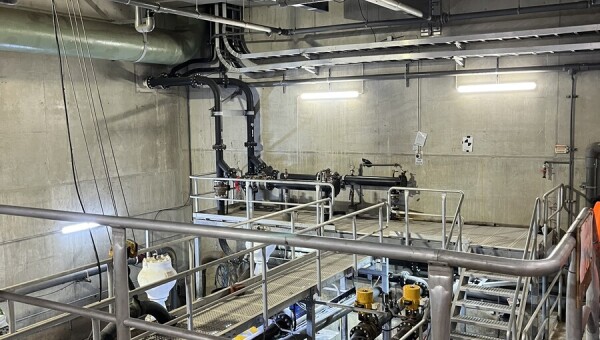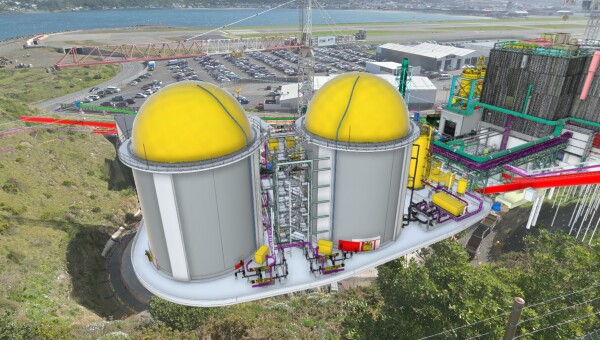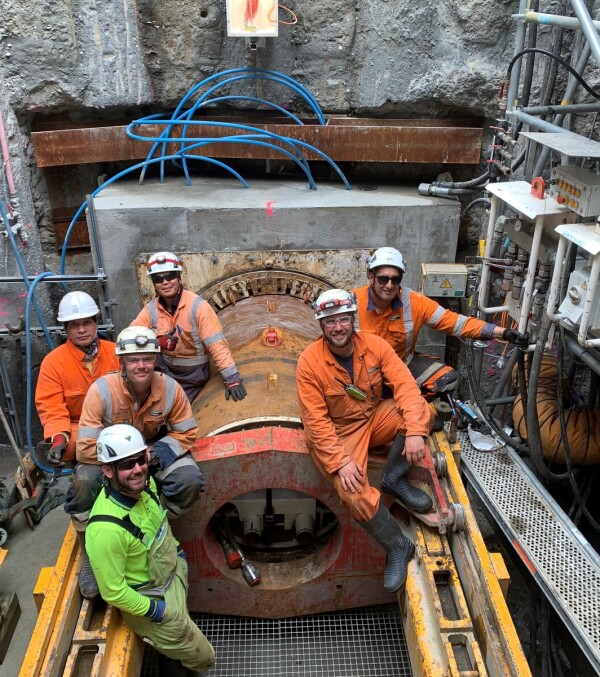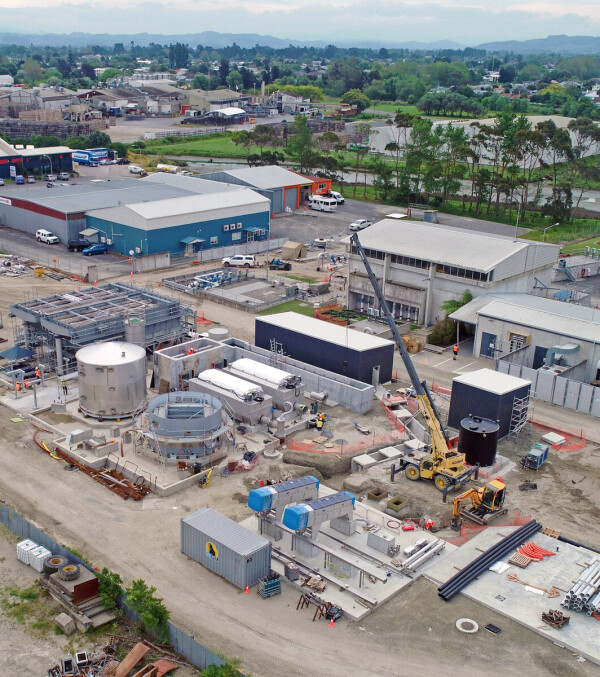|
Customer: Wellington City Council Contract: Construct Location: Moa Point, Wellington |
Fast Facts:
|
We’re building a world-class facility, the first of its kind in Aotearoa (New Zealand), to reduce sewage sludge volumes by 80%. The new facility will reduce the amount of sludge going to landfill and also reduce carbon emissions by recycling the biogases produced during the process and using them to help power the plant.
Find out more about this innovative new process in the video about the project below.
We're delivering the Moa Point Sludge Minimisation Facility or 'Te Whare Wai Para Nuku' in a joint venture with HEB Construction for Wellington City Council.
Having completed two of the country’s largest and most complex wastewater treatment plant upgrades (Māngere Wastewater Treatment Plant Biological Nutrient Removal Upgrade and the Pukekohe Wastewater Treatment Plant Upgrade) on time and on budget, the team brings extensive knowledge and strong relationships to this new challenge.
The new plant will use thermal hydrolysis – heating and drying under pressure - to sterilise and reduce the volume of the sludge, making it more biodegradable. Biogas, produced by bacteria breaking down the waste, will be captured and used to power the facility, substantially reducing the plant's carbon emissions.
The sustainability benefits of the chosen design include:
- reduce sludge volumes by up to 80%
- reduce carbon emissions from the treatment and processing process by 60%
- minimising the amount of waste going to landfill
- producing a low-odour stabilised (inert) product
- treating the cludge so it can be used productively, as a soil conditioner, fertiliser, and fuel for industrial heat
Before work onsite started, over a thousand native lizards living in the area were carefully trapped and relocated to protected sites like Rangitatau Park, Tukanae Street Reserve, Centennial Park at Moa Point, and on the Miramar Peninsula.
Construction is now underway with completion expected in late 2026.
Check out the project newsletter updates from this year here:
Latest Progress on the project in the videos below
Te Whare Wai Para Nuku - the story of the project's name
Te Āti Awa Taranaki Whānui gifted the project a name that speaks to the importance of the new plant - Te Whare Wai Para Nuku. The meaning of the name encompasses the mana of the facility, the cutting-edge processes it performs and the spiritual transition that the wastewater undergoes within the plant, changing it from from tapu (restricted or sacred) to noa (free from tapu).
The name of the sludge minimisation facility refers to Te Whare being the facility itself, and how it safely holds high volumes of kene–biosolids, or sludge.
Wai Para describes the water left in the kene or sludge after it has been treated first in Te Whare Wai Tapu Noa (the wastewater treatment facility), before it flows to Te Whare Wai Para Nuku. This water is not safe to go directly back into Tangaroa, the sea.
Para is a word often used to mean waste. It refers to the tikanga of excess fibre discarded by kairaranga who weave and care for harakeke, or flax. The excess fibre from the weaving process is discarded in specific areas that don’t negatively affect Māori Kāinga, and then returned to the whenua or land so it can again become one with Papatūānuku.
In this context, para refers to the extracted kene from waimate (dead water, water deemed unsafe), like para is extracted from harakeke.
‘Nuku' speaks to how the treatment processes mimic natural decomposition processes and will use modern technology to enable wai para and kene to go from a state of being tapu to noa before being used beneficially. It (nuku) is also a reminder to everyone of the purpose of the plant, the ongoing improvement and the elimination of harmful waste.

